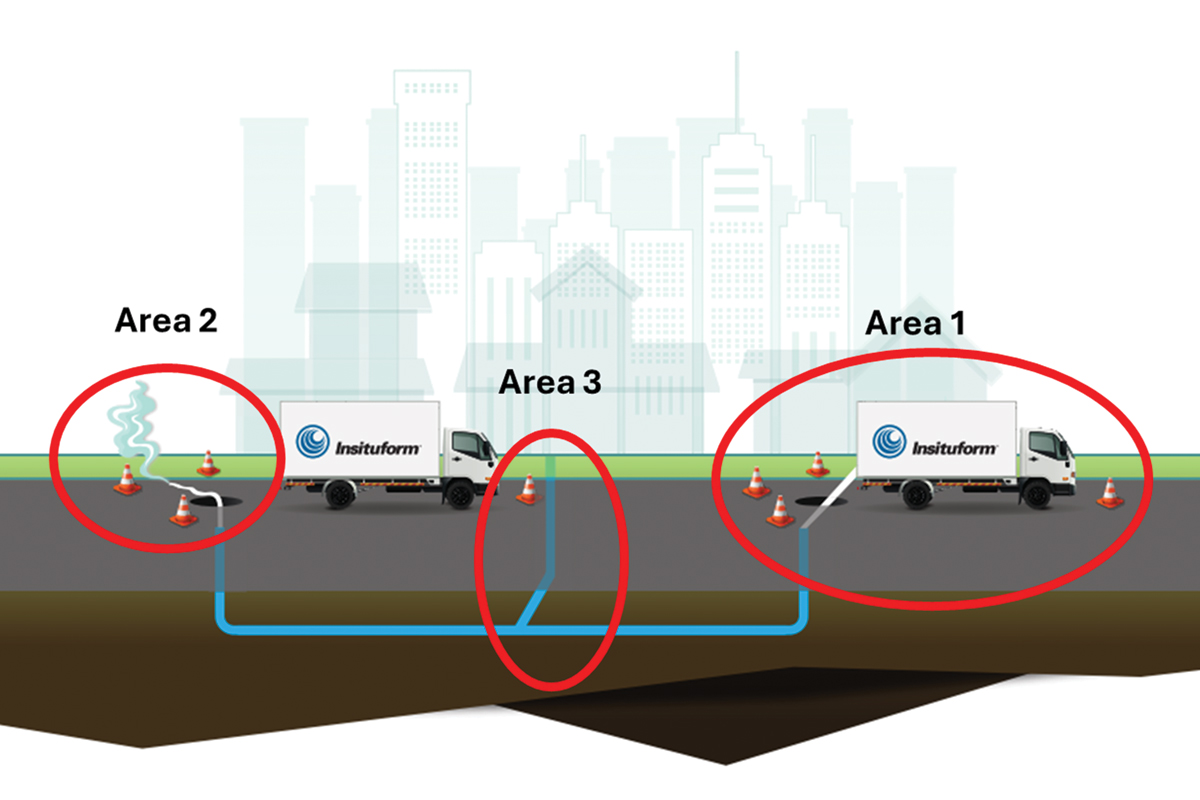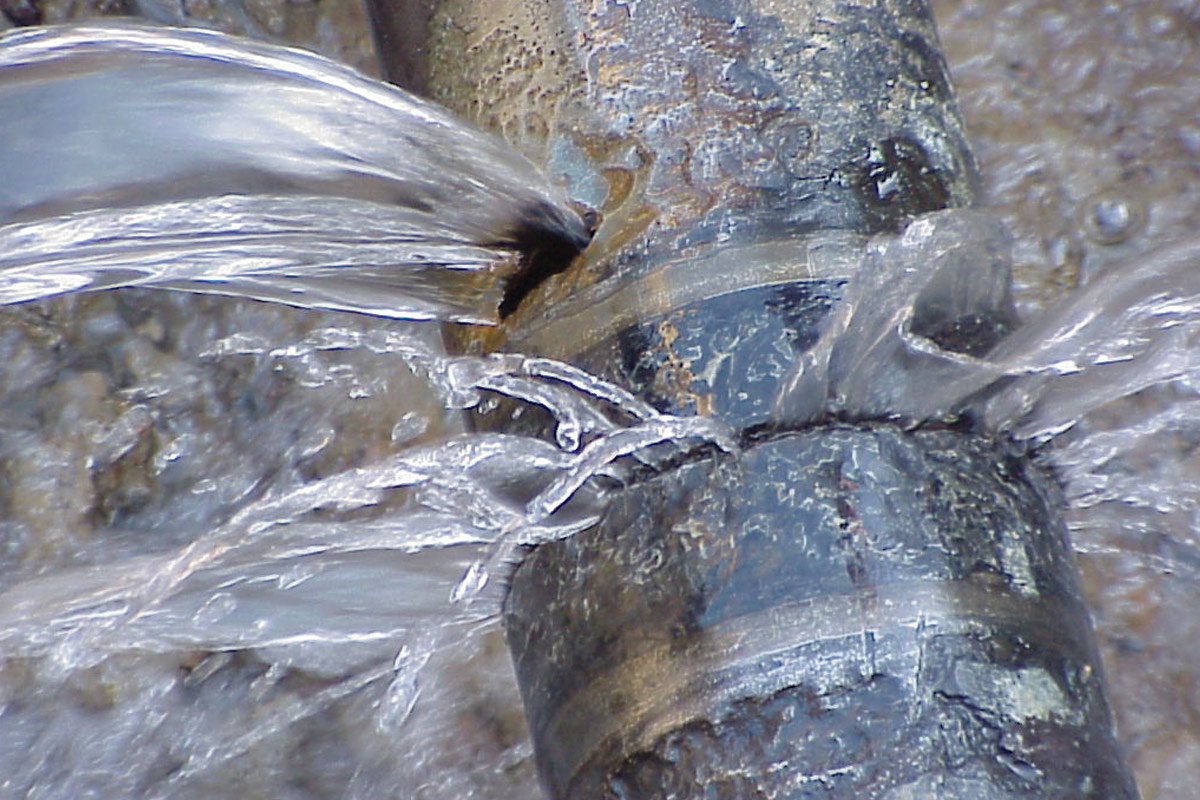
Increasing Your Cleaning Time
November 10, 2015

It is a proven, but little known fact that most sewer maintenance crews are only cleaning pipe about 40 to 50 minutes per day. This fact is based on the total water consumption of a unit on a daily basis.
Note: This article is a follow up story to the article published in the April 2014 issue of Trenchless Technology titled Learning Curve: Pipe Cleaning Challenges Faced by Municipal and Private Sector Sewer Maintenance Organizations. I thought that it would be beneficial to you to follow up on some of the issues we have seen that directly affect the cost of sewer maintenance and the quality of the sewer cleaning.
It is a proven, but little known fact that most sewer maintenance crews are only cleaning pipe about 40 to 50 minutes per day. This fact is based on the total water consumption of a unit on a daily basis. If a crew is filling their sewer cleaning unit four times per day and the unit holds 1,000 gals, this would be a total consumption of 4,000 gals per day. The typical cleaning unit’s high pressure water pump displaces approximately 80 gpm. If we divide 4,000 gals of potable water by the pumps displacement capability of 80 gpm, the result is 50 minutes of actual cleaning time.
That statistic is mind boggling. If you have any doubts about the number, next time you are meeting with your group just casually ask them how many times a day they fill their unit. You may feel your face become flushed and your stomach may knot up a bit. But remain calm; I have a solution that I will reveal in just a minute.
Let’s look at this from a different perspective, shall we? The average cleaning time of one tank of water is approximately 12 minutes, depending on water capacity and pump output. It has been our experience that if you can clean a 8-in. or larger pipe line segment, approximately 300 ft in length, thoroughly with one tank of water, the line was most likely not in need of cleaning. That is something to think about…
The solution is called: Dynamic Filling. Dynamic filling allows the unit to be continuously filled with water while the crew is cleaning the pipe. Incorporating this process will double, triple and even quadruple the time your crews spend cleaning pipe. We have trained large cities such as Houston, San Jose, Portland, and many other municipalities in this technique, allowing them to realize the stated results.
The first step in accomplishing Dynamic Filling is achieved by equipping your cleaning unit with the following items:
1. 300 l/f of 1.5 in. mill hose in 50-ft sections. (This is a lightweight durable hose that can be easily managed by all crew members, regardless of their physical stature)
2. Appropriate fittings to connect the mill hose to the cleaning unit and fire hydrant.
3. Install a ball or gate valve into the fill system behind the fill connection. (This will allow the operator to easily control the flow of hydrant water into the unit and reduce over filling)
4. A high speed portable ramp system. (To protect the hose when crossing roads)
The hose and fittings can be purchased at your local commercial hose dealer. Remember, you want the lightweight mill hose. Now, you will have to decide if you want to use NST or NPT threads. This is important due to the fact that your additional fitting will have to correlate with the hose you purchase. Keeping in mind that fire hydrants’ connections are 2.5 in. in diameter, therefore, you will need a reducer to connect 1.5-in. mill hose to the hydrant. I encourage you to purchase two of these adapters because sooner or later one will go missing.
The valve listed for controlling the filling of the unit should be hard piped into the fill system. This will allow the operator to easily control the flow of water into the unit without having to make the journey over to the hydrant. The operator will greatly appreciate this option. As the operators become used to this new filling system, they will be able to regulate the flow so that the unit is receiving the needed supply of water during the cleaning operation without over filling the unit or running it out of water.
As to a ramp solution, please research your ramps prior to making the investment. I have received multiple calls from city managers and purchasing agents that were frustrated over their purchase of ramps after the fact. Once the field crews had an opportunity to use the ramps that were purchased, the operators refused to continue to use them. This was due to the fact that as vehicular tires came into contact with the ramp, the ramp would begin to slide down the road. Operators continually had to reposition the ramps. During evaluation of sewer maintenance groups, I have seen many of these ramps stacked in warehouses not being used.
Not using the ineffective ramps led to crews laying the hose directly onto roadways, unprotected. This practice has led to numerous personnel injuries, as well as vehicular damage. What occurs most frequently is that when the unprotected hose is struck by the tire of the vehicle, the hose is compressed. The hose is currently being pressurized at 60 psi. When the hose is released as the tire moves forward, the hose expands causing it to rise into the air as much as 3 ft vertically. Typically, the hose becomes entangled in the bumper of the vehicle. As the hose breaks away from the hydrant as it is being pulled along by the vehicle, it becomes a fast moving airborne missile. On occasion, the plastic bumper of the vehicle is torn off, which could lead to an altercation with an angry driver. I have witnessed these types of events and heard numerous stories.
In your search for a ramp, look for one that can be traversed at high speeds of up to 50 miles per hour without any movement. This will help avoid backing up traffic and irritating drivers. Some ramps constructed of durable urethane and hinge in the middle for easy storage. They can even be stored inside horizontally mounted 8-in. suction tubes.

What occurs most frequently is that when the unprotected hose is struck by the tire of the vehicle, the hose is compressed. When the hose is released as the tire moves forward, the hose expands causing it to rise into the air as much as 3 ft vertically. Typically, the hose becomes entangled in the bumper of the vehicle. As the hose breaks away from the hydrant as it is being pulled along by the vehicle, it becomes a fast moving airborne missile.
One final point. Where are we going to store all of this cool, production increasing equipment? This will need to be thought through prior to purchasing the equipment as listed. Please do not make your crews hang this equipment on their unit and look like the Beverly Hillbillies as they travel through your town. Additional storage can be placed on most units with a little planning and effort.
I must end this article with a warning. Please do not allow your crews to perform dynamic filling without the proper hose protection. This will eventually result in a serious injury. The primary goal in our industry is to keep the sewer in the pipe and moving downhill. But we must work in the safest manner possible to protect our most valuable asset, our employees, and the public whom we serve.
Our next article will choose another issue that directly affects many sewer maintenance groups across the country.
Rusty Nezat is director of Nezat Training and Consulting.




